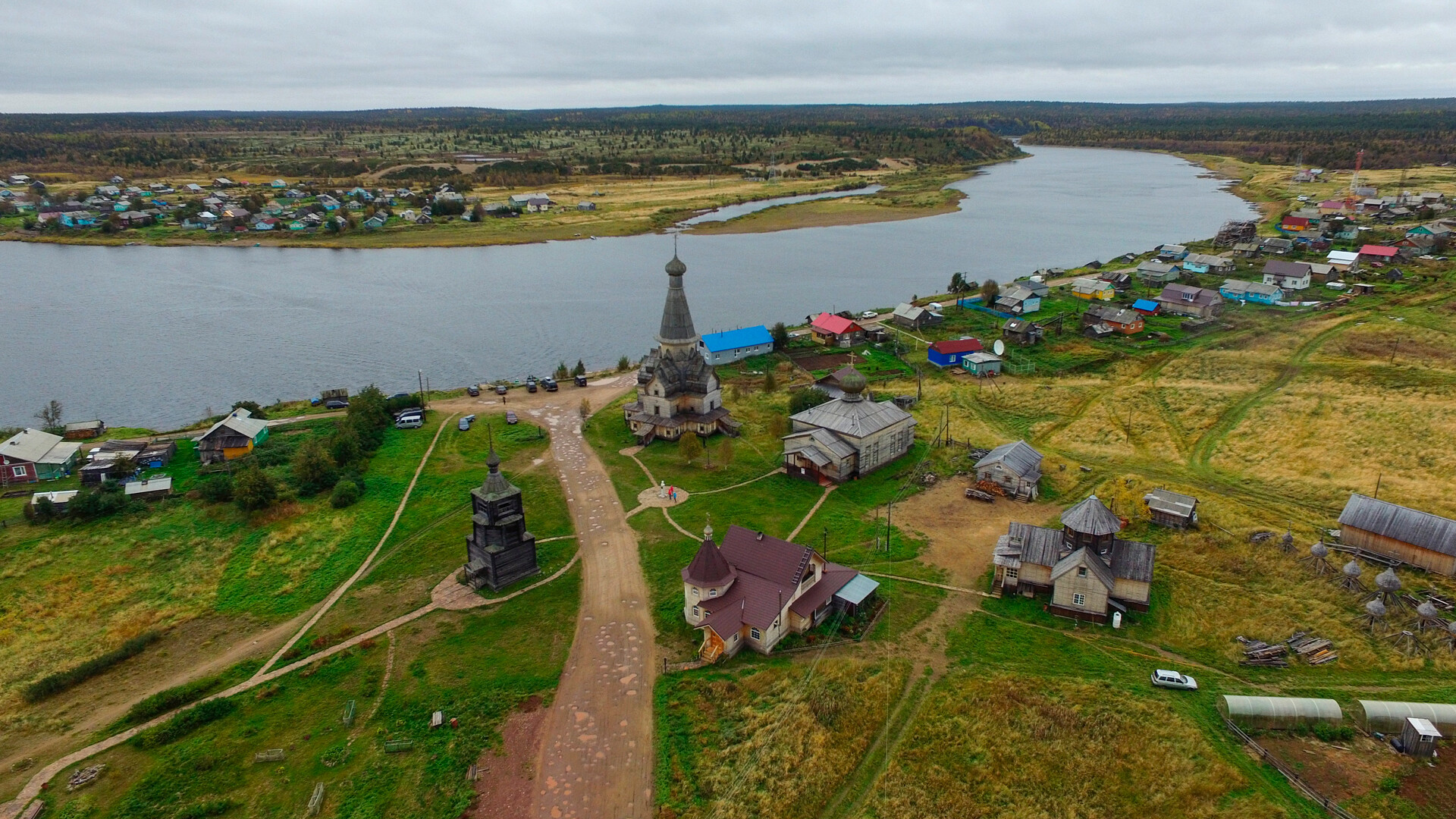
The villiage of Varzuga in Murmansk Region, which belongs to ALL kinds of the North.
Evgeny Shelkovnikov (CC BY-SA 4.0)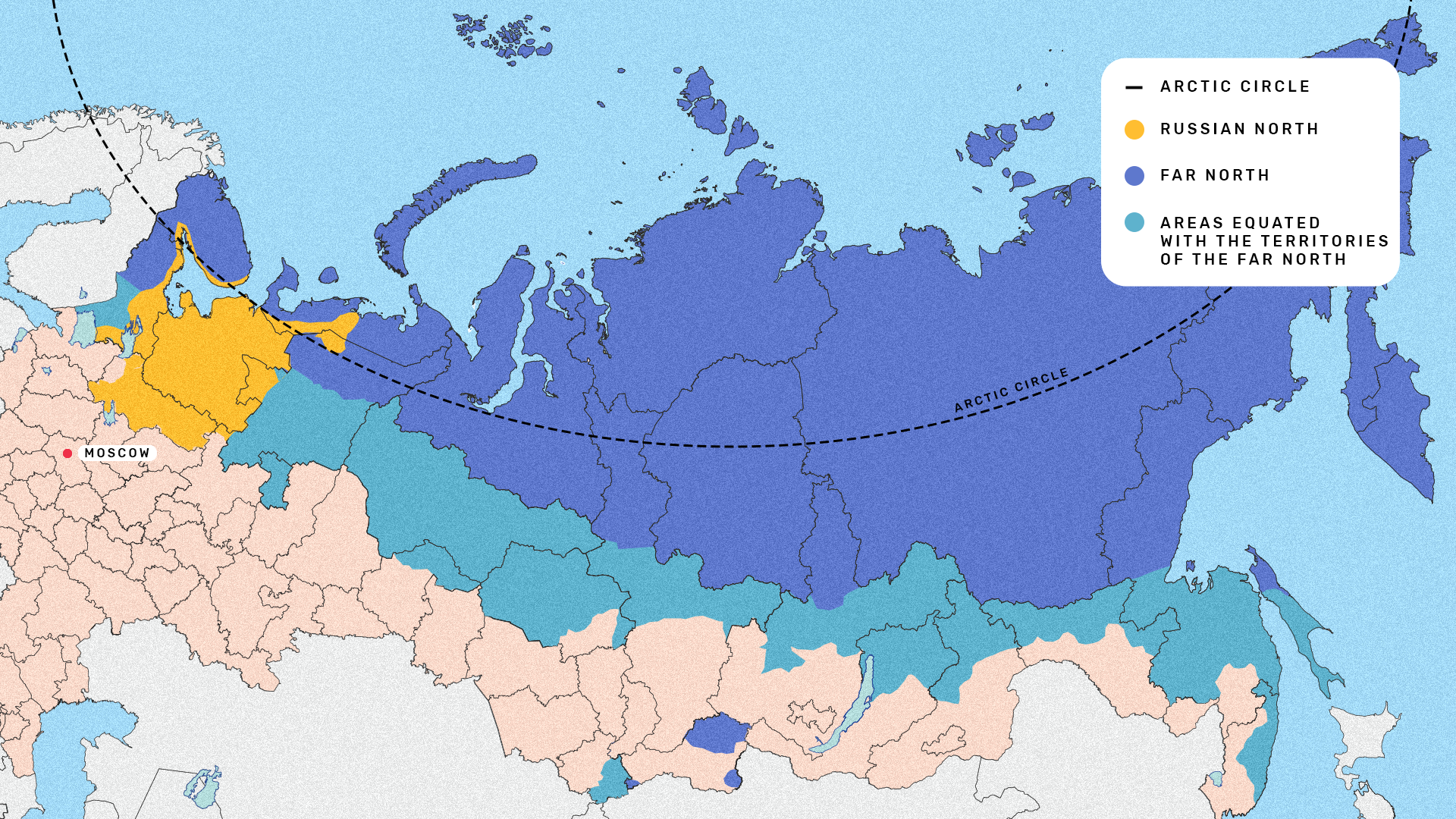
The Russian North is not always a geographic concept. Often it is also connected with history or even economics.
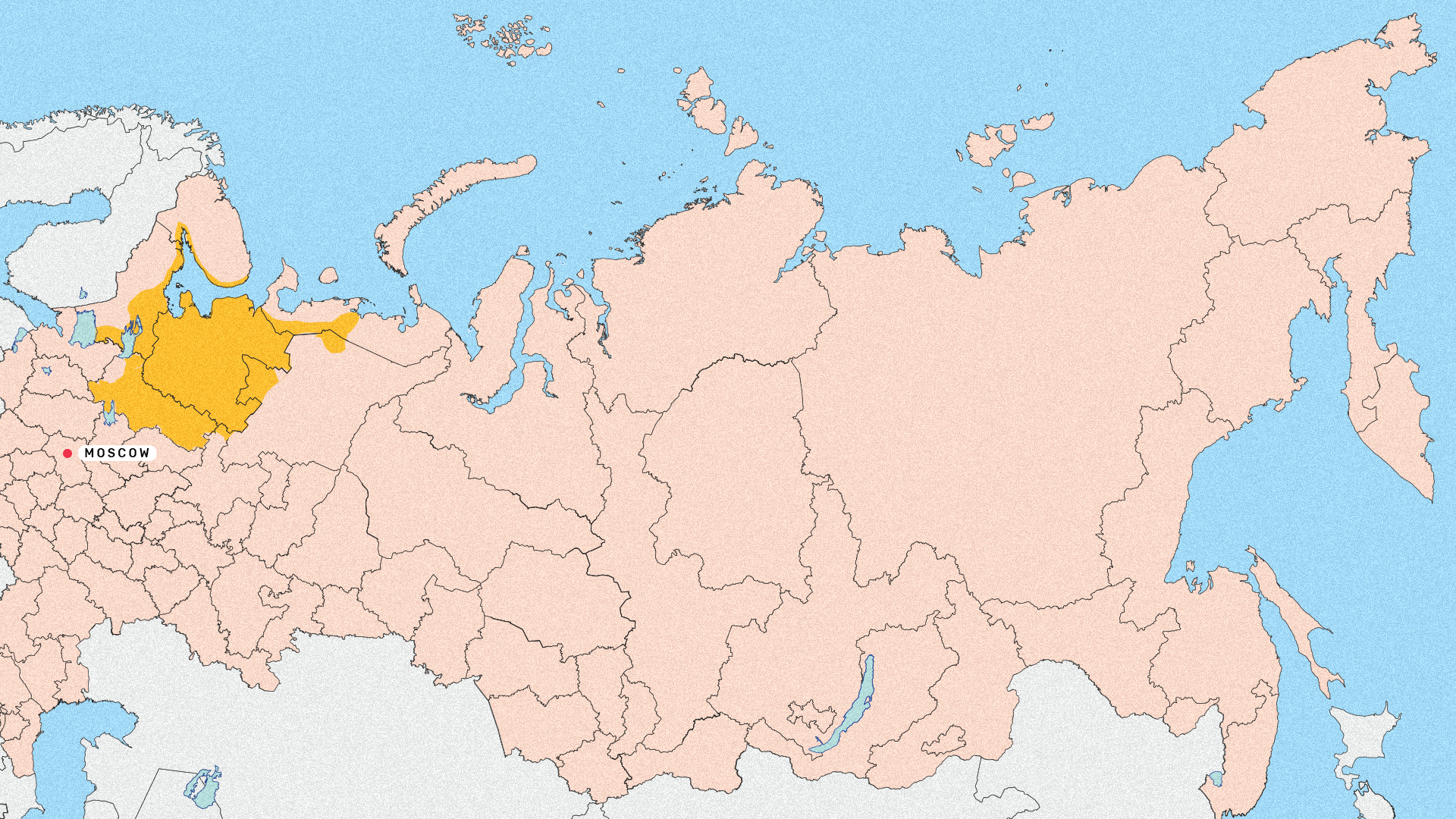
What do you imagine when you read about the Russian North? Most likely, big log houses, old majestic churches, dense forests full of blueberries and cloudberries, rivers with rocky shores and cold waters. Generally speaking, that’s the way it is. But, the main thing is the people who live there.
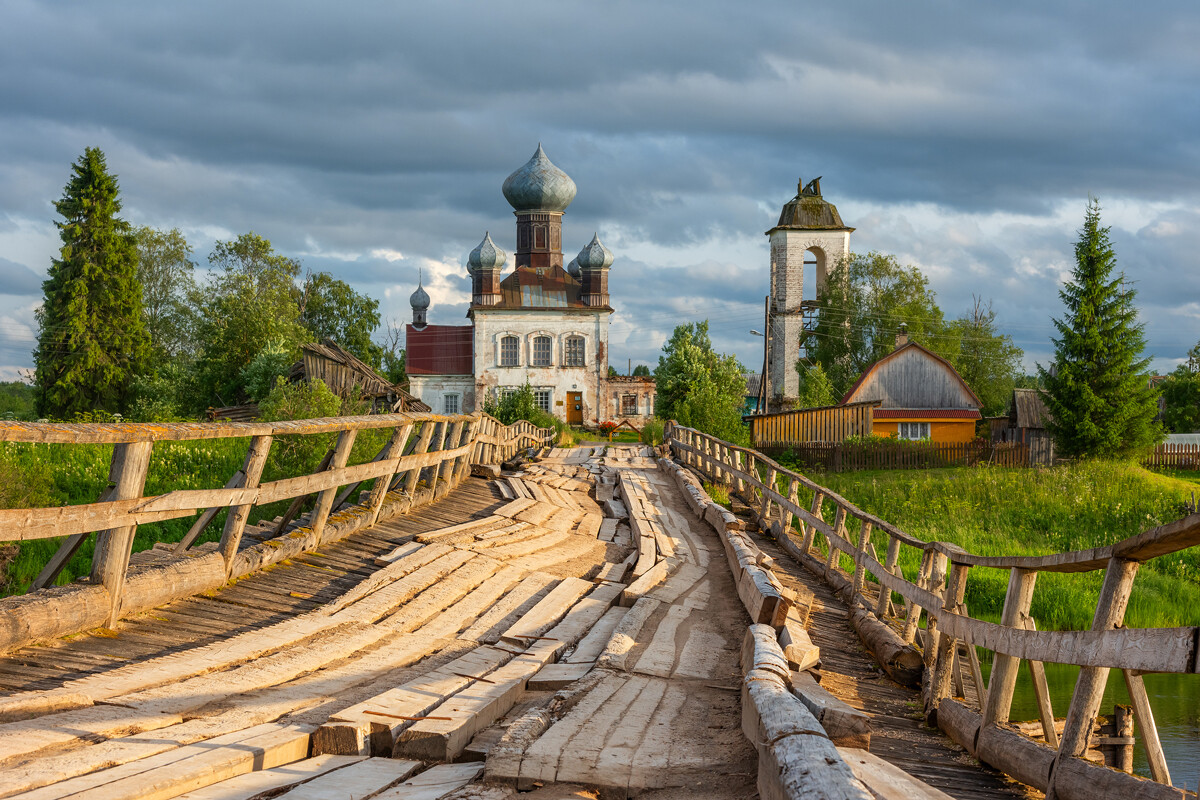
Abandoned Church of St. Paraskevi. The wooden orthodox church is located in the Arkhangelsk region nearby of Kenozersky National Park.
longtaildog/Getty ImagesThe concept of the Russian North originally appeared in the late 19th century in the records of the governor of Arkhangelsk to refer to the general culture of the people living in northwestern Russia. It then came to be used both in literature and in scholarly research. It is true that the inhabitants of the Russian North are united by a common culture and way of life. They cherish old traditions and have a similar dialect, ‘oka’. In addition, they have a similar cuisine (based on simple and nutritious fish dishes) and crafts. Many of the “Russian Northerners” are descendants of the Pomors (or the modern Pomors).
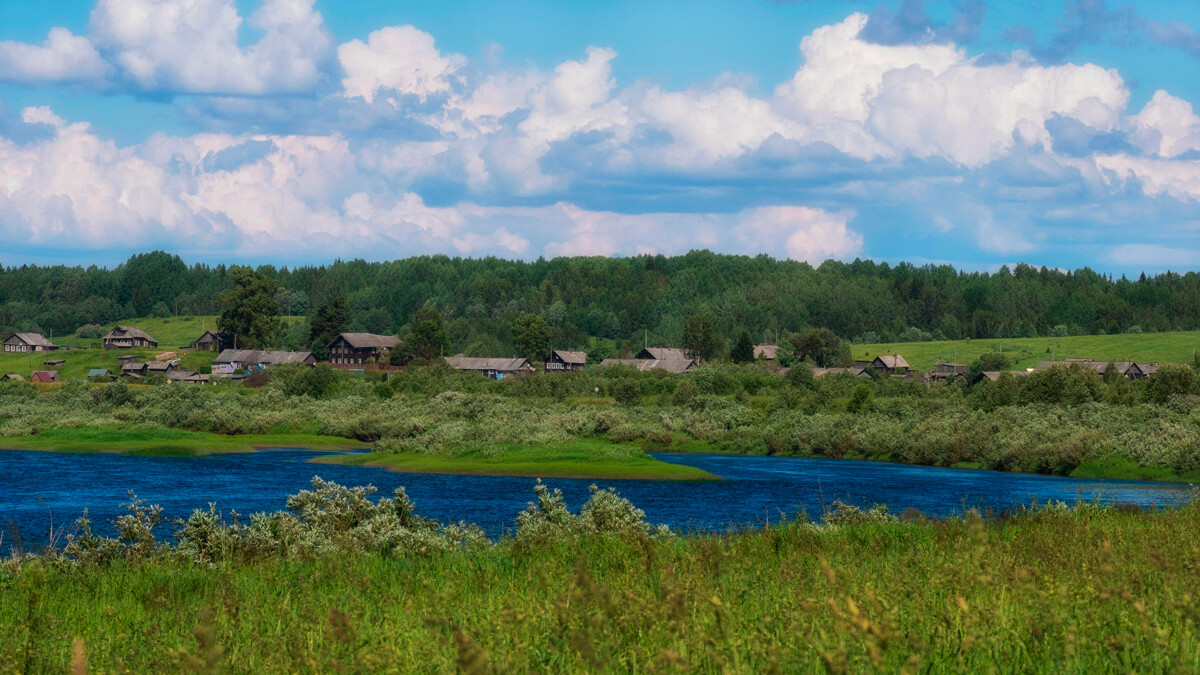
Arkhangelsk Region.
Legion MediaThey live along the shores of the Barents and White seas, as well as the Northern Dvina River. The borders of the Russian North do not always coincide with the administrative boundaries of the Russian regions. In part, they include Arkhangelsk Region, Murmansk Region, Yaroslavl Region, Kirov Region, Leningrad Region (not St. Petersburg!), as well as the Karelia and Komi republics and the Nenets Autonomous Okrug. Vologda Region belongs entirely to the Russian North and it is the city of Vologda that is considered to be its soul.
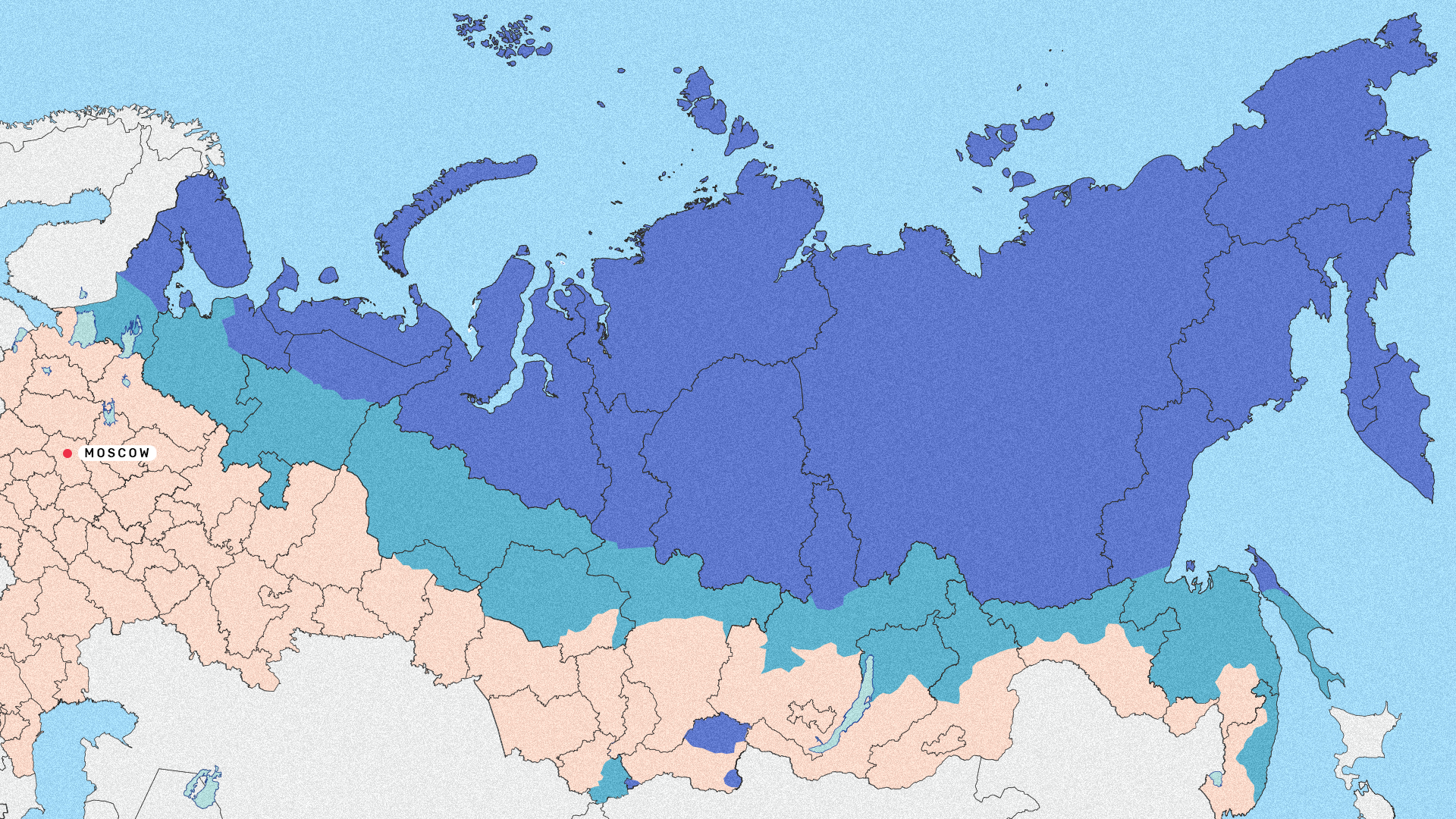
Far North territories and areas that are equated with the territories of the Far North.
Alexander KislovThe concept of the Far North appeared in the USSR in the 1930s to designate areas with difficult living conditions. The main criterion is inaccessibility and lack of year-round communication with other areas. There is also permafrost, infertile soils and long winters.
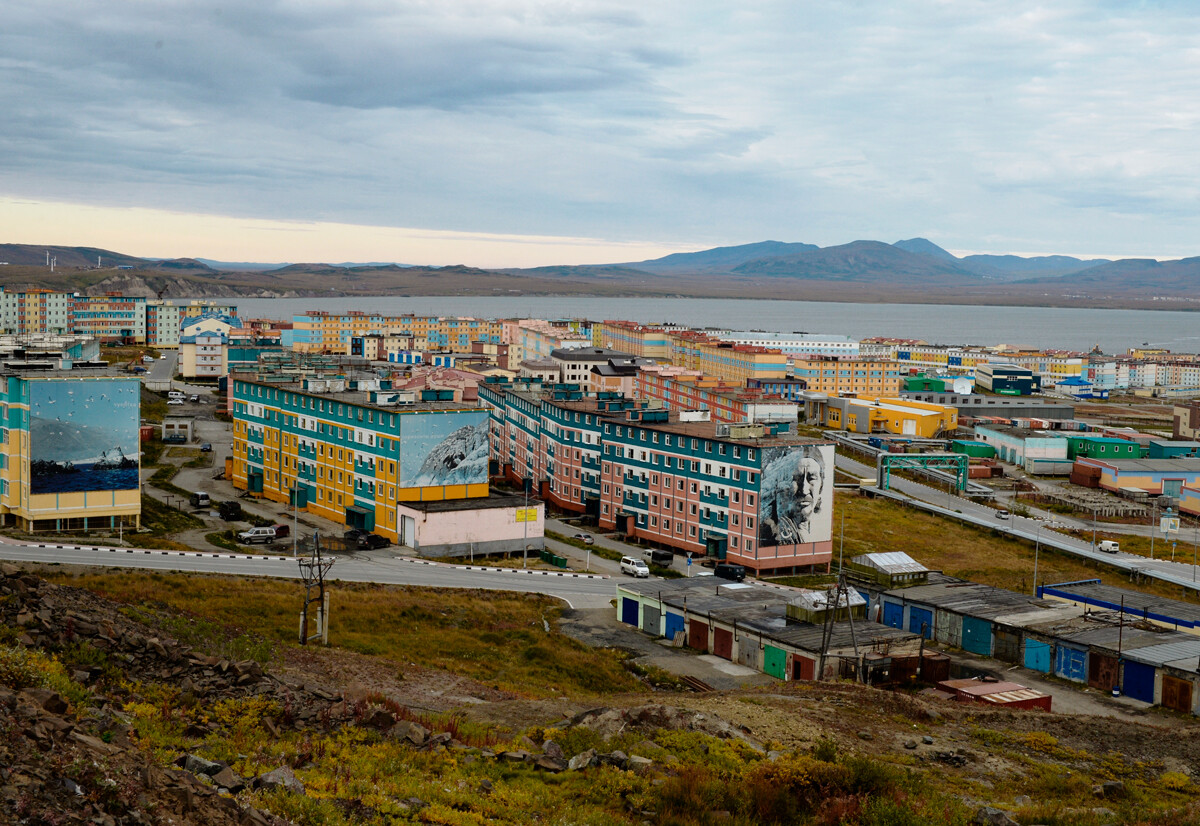
Anadyr, the capital of Chukotka, from above.
Andrei Zima/SputnikSuch areas include territories in the Arctic Circle, the Far East, part of the Urals and some areas of southern Siberia (remote settlements of Tuva and Altai). Even though, geographically, they are not in the North, they are equated by law with the territories of the Far North. It turns out that, together with them, the Far North covers about 70% of the entire country!
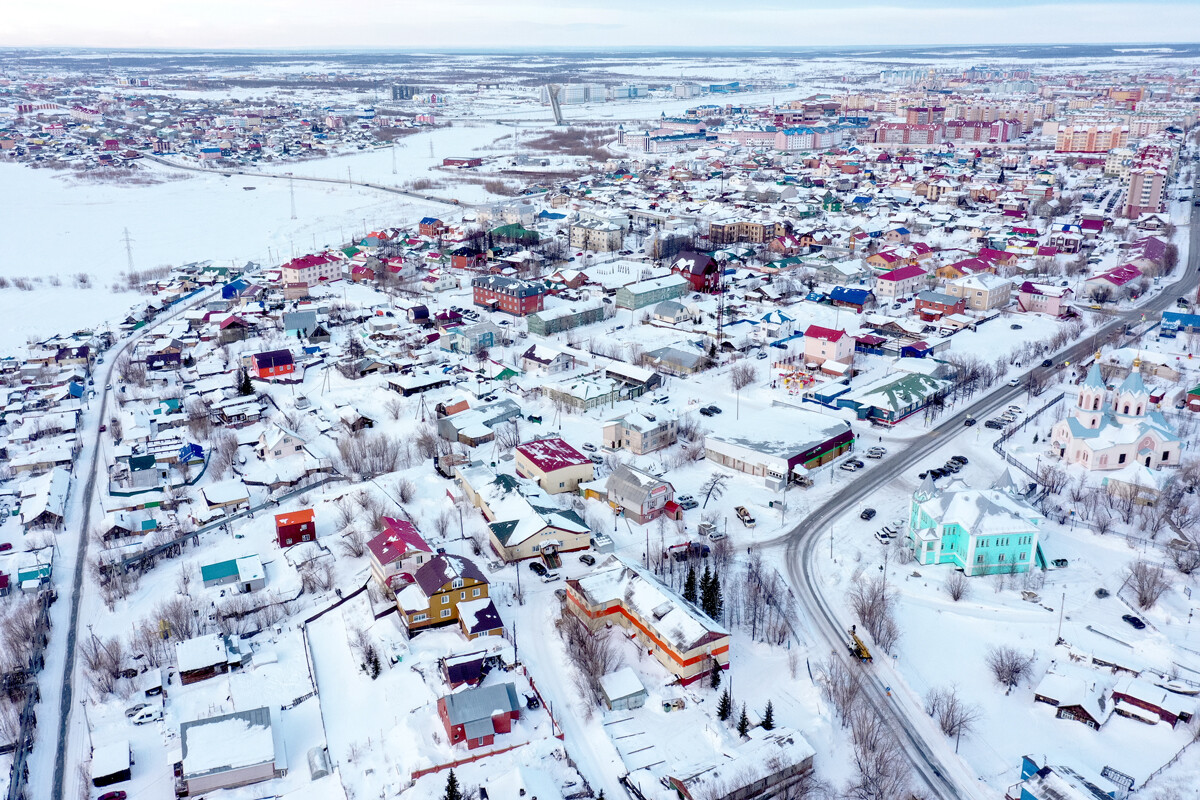
Salekhard, Yamal. The only city in the world located right on the Polar Circle.
Alexander Ryumin/TASSDespite this vast territory, less than 12 million Russians live in the Far North, that is, only 7% of the country’s total population. But there are special support programs for them. They include the so-called “northern coefficient” (a salary increase for length of service), additional vacation days, free travel to the place of vacation once every two years and relocation packages for work in the Far North.
Also, each year before the winter season (which occurs in mid-fall or earlier), the government organizes a “northern delivery”. Fuel, medicine, food and household goods are delivered to remote areas. There are private suppliers, too, of course.
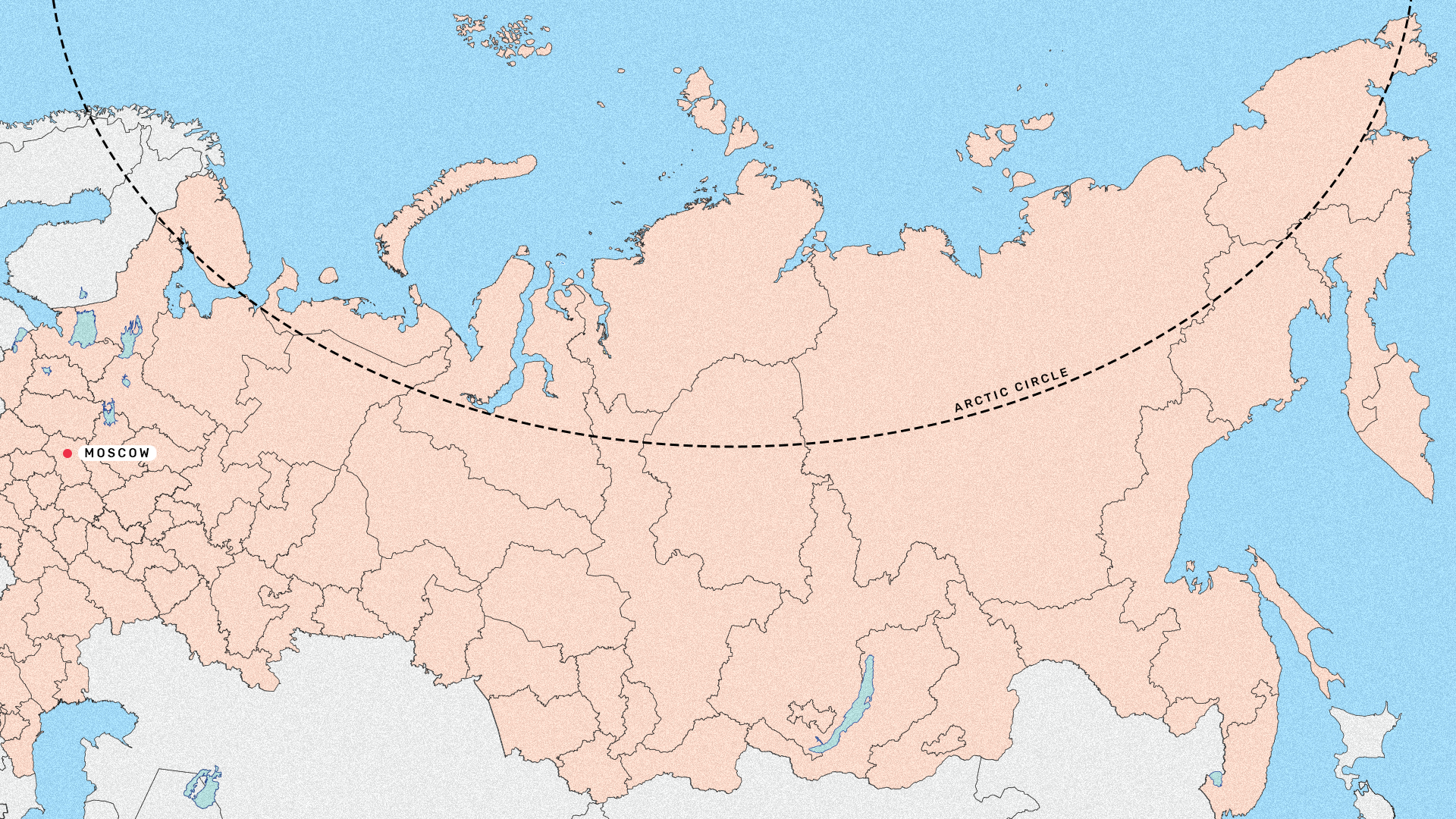
But, the Zapolyarye (Polar, or Arctic) region refers to those areas that are situated in the Arctic Circle. Among them are the territories of Murmansk Region, the Nenets Autonomous District, the Yamalo-Nenets Autonomous District, the north of the Krasnoyarsk Territory (the city of Norilsk), the city of Vorkuta in the Komi Republic and others. There are land holdings, as well as many islands in the Arctic Ocean, including uninhabited ones.
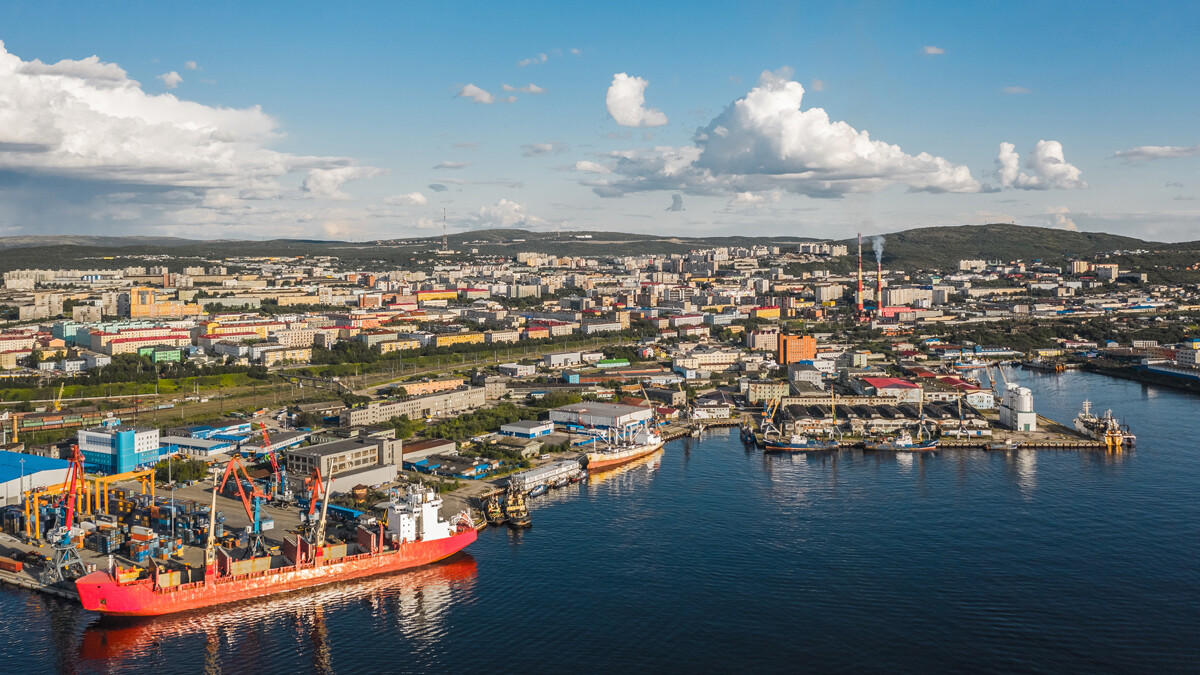
Murmansk.
Medvedkov/Getty ImagesThe Arctic has the Northern Sea Route - that is, the shortest route from Europe to Asia through the Arctic Ocean. There are also abundant reserves of fresh water and minerals. In addition to Russia, the United States, Norway, Canada and Denmark have their own polar possessions. The upper border runs along the North Pole and the size of sectors and water rights are governed by international conventions.
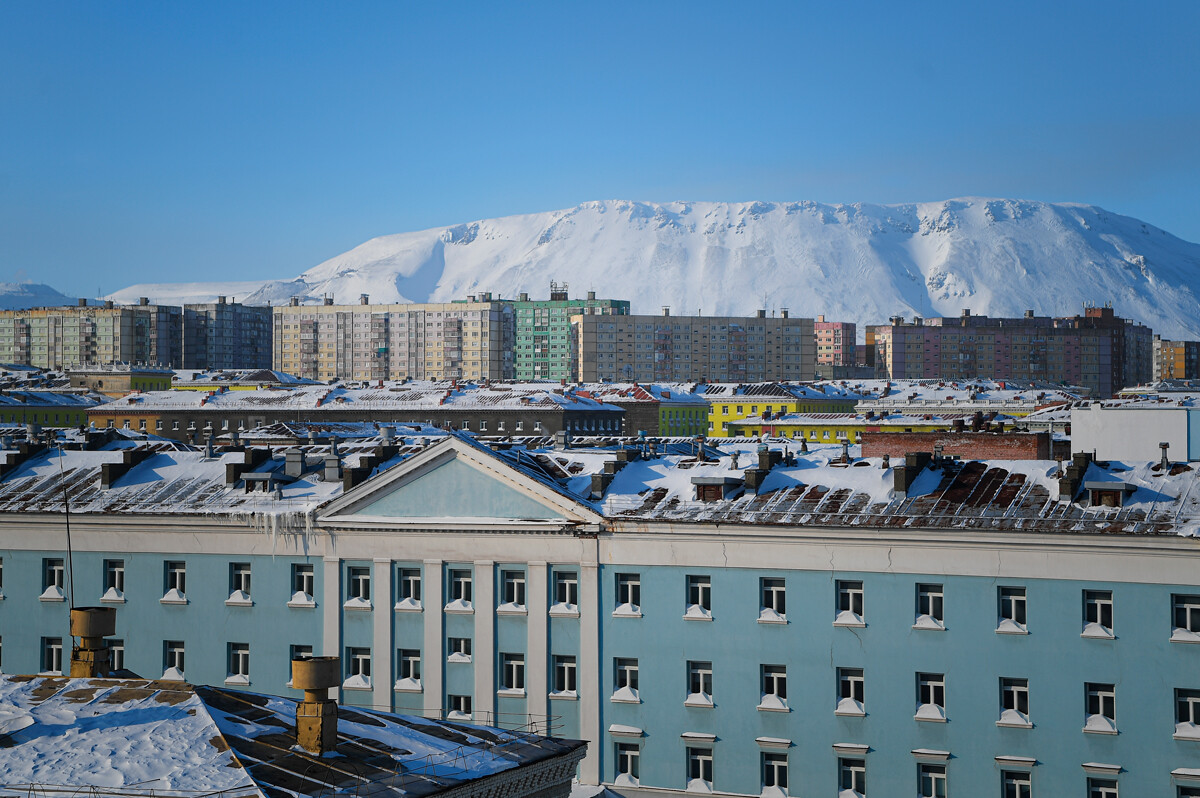
Norilsk.
Svetlana Shevchenko/SputnikIn addition, in the early 2000s, Russia introduced the concept of the ‘Arctic Zone’ - a special economic zone where investors enjoy certain benefits. And, in addition to the Polar region itself, it also includes areas south of the Arctic Circle, such as the city of Arkhangelsk.
Of course, there are some places in Russia that are located in the Arctic Circle in remote areas where old Russian traditions are still preserved. For example, these are the ancient villages of Osino and Velikovisochnoye in the Zapolyarny district of the Nenets Autonomous Okrug, founded in the 16th century, as well as the villages of Umba and Varzuga, founded in the mid-15th century, in Murmansk Region.
Dear readers,
Our website and social media accounts are under threat of being restricted or banned, due to the current circumstances. So, to keep up with our latest content, simply do the following:
If using any of Russia Beyond's content, partly or in full, always provide an active hyperlink to the original material.
Subscribe
to our newsletter!
Get the week's best stories straight to your inbox